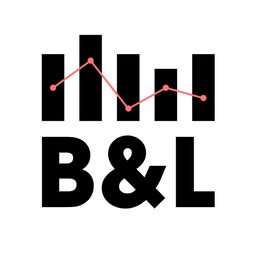Tenday Notes 11 Sep - 20 Sep 2022
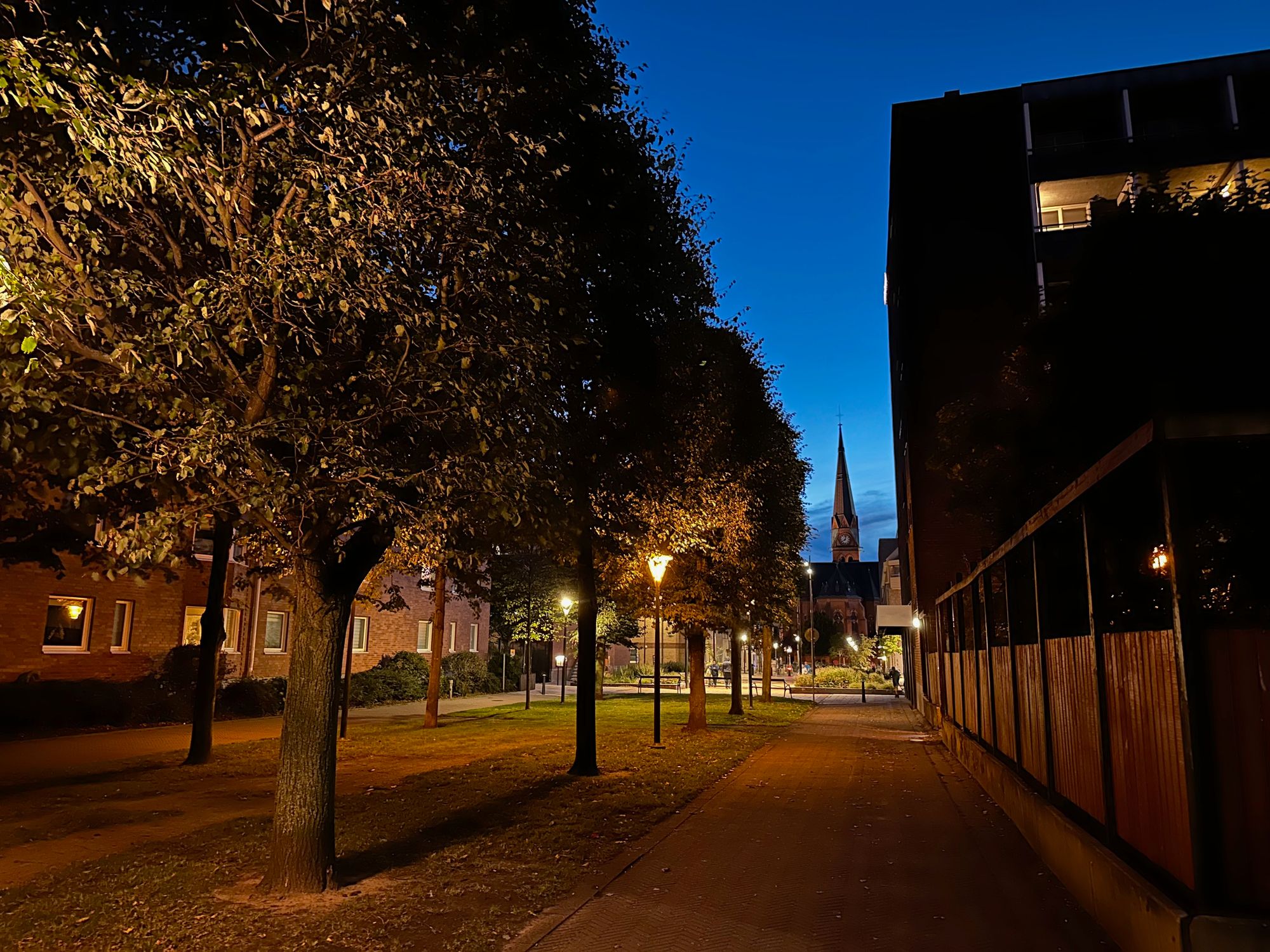
Every ten days or so, I share a quick digest of what I've been working on and reading. Here's the latest. More in the series here.
The Elevate Dataviz Learning Community that I run alongside Alli Torban, Will Chase and Gabrielle Merite is going well, and we recently launched a new initiative aimed at the public and not just community members.
It's called the Elevate Dataviz Show, and it's a fortnightly video chat where the four of us (and occasional special guests) get together and chat about trending topics in dataviz, creative inspiration, and the tools and techniques we're into.
We're still finding our feet with the format and production, but figured it'd be better to launch and learn as we go. So watch the first episode and let us know what you think of both the format and content, what you liked and what could be improved. All feedback is welcome.
Oh, and if you'd like to watch the recording live, and ask questions then consider becoming a member of our community.

At Possible, I've been hard at work on a series of web-based mapping projects. The first one just launched - a tool that allows people in four large UK cities to see if their local school restricts traffic during pick-up and drop-off times for safety and reducing childrens’ exposure to air pollution.

It also allows people to email their local councillor to ask for changes outside a specific school, and some users have already had a positive response (which they forwarded to us). Here’s one:
Thanks for getting in touch with me. I totally support your request for St Martin de Porres to have a car free school street and I think it is easily do able. Car-free school streets, modal stars and walking buses are something I am talking to all of the schools in Moseley about. I have contacted St Martin de Porres school to introduce myself but have yet to meet the new head.
It feels very nice to have this kind of positive, immediate, real-world impact!
I've been obsessing for years over music that plays out over space rather than time. See my "Putting Music on the Map" essay from 2015 as an example.
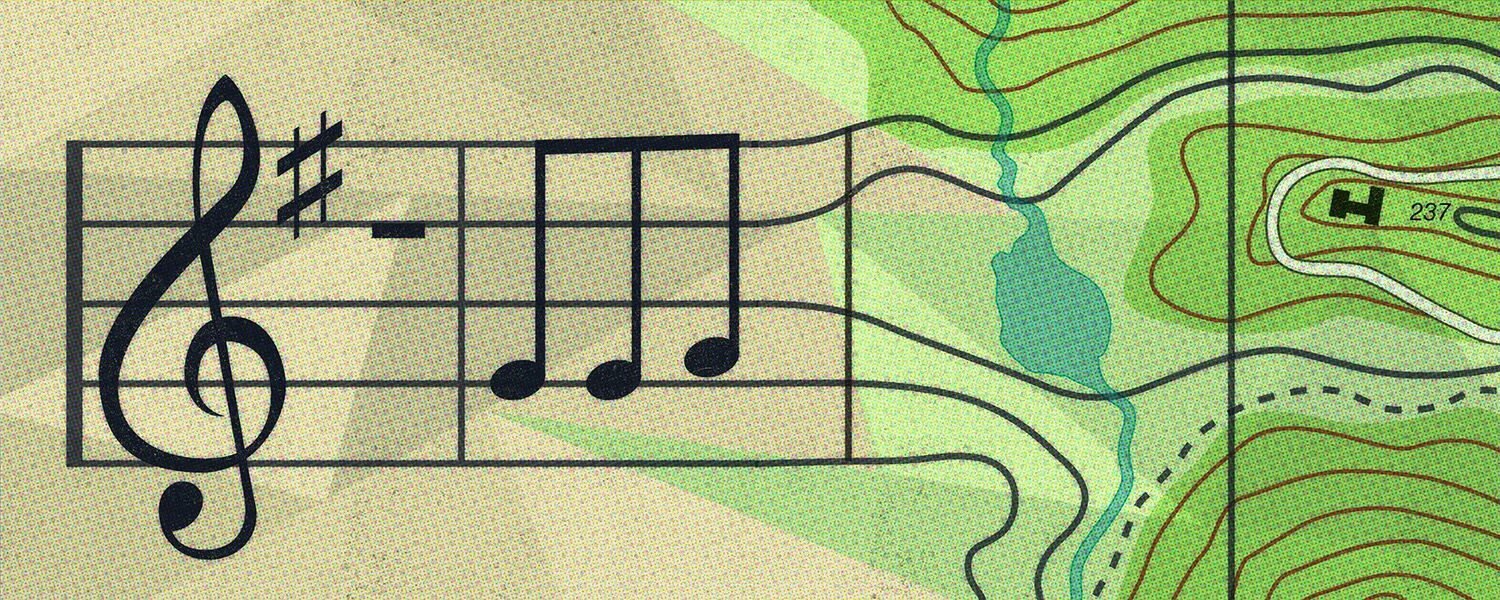
Well, now, there's another nice example that I can point to from Toronto's public transit authority. More than two dozen artists have contributed to a free app - A More Beautiful Journey - that attaches elements of the music to real-world "sound zones" that get activated as you ride (or walk, or cycle, or drive if you must) through the city.
There's a nice CBC article about it:

At present, there are more than two dozen compositions featured on the app, but that's a tiny fraction of Toronto's overall transit grid. Current funding will only support the project through the end of 2022, but with the right support, Shabason says he'd like to soundtrack the entire city. Ideally, he says, the project would become open-source, allowing anyone to compose audio for their neighbourhood.
Yes please!
The wheel of time turns, and The Great British Bake-Off has begun again. But baking is pretty energy-intensive, and so it contributes to both carbon emissions and energy bills.
Luckily, a trio of researchers has put together a website that tackles the carbon question at the very least. Should I Bake offers a "baking forecast" that lets you see when there's expected to be a high proportion of energy on Britain's grid coming from renewable sources. If you bake then, you can do so knowing that you're less likely to be polluting the atmosphere with greenhouse gases in the process.
Speaking of the atmosphere, there's been a couple of bits of very good climate news this week. First, the second-biggest cryptocurrency, Ethereum, has finally completed its long-trailed shift to a new operating model that dramatically reduces its energy use (and therefore carbon emissions).
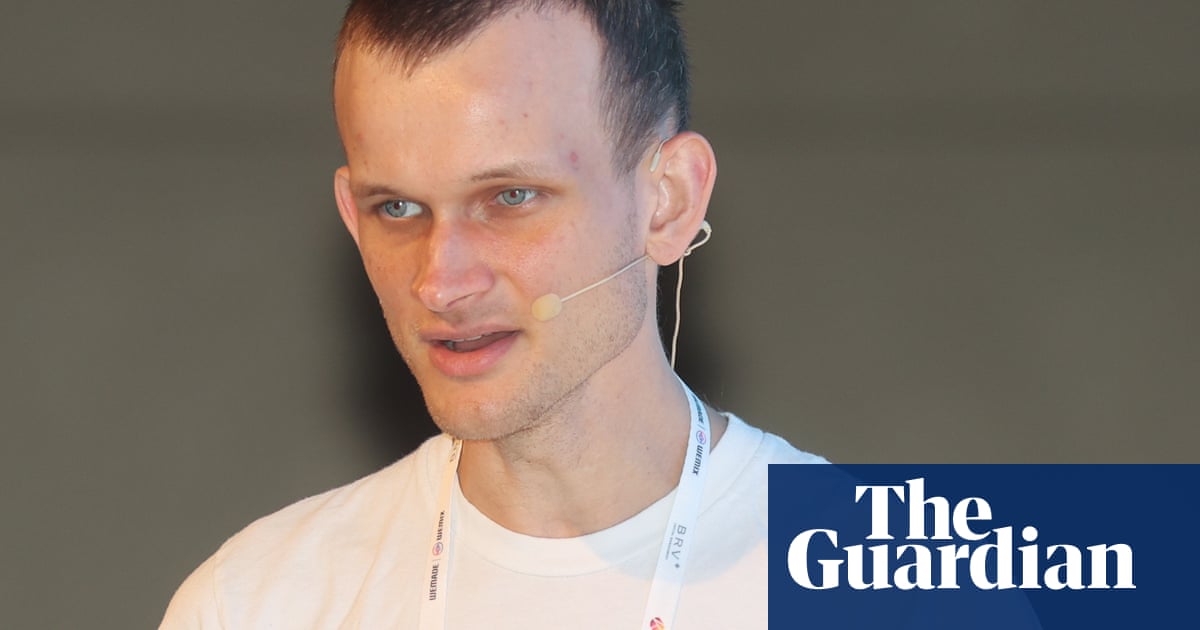
How dramatically? Well, the network's electricity use should drop from about 8,500 megawatts to about 8.5 megawatts overnight. As a comparison point, the largest offshore windfarm in the world (Hornsea Two) generates just 1,400 megawatts. Ethereum founder Vitalik Buterin claims the move will reduce worldwide electricity consumption by 0.2%.
As always, Alex Hern has written a nice human-readable explainer for the Guardian. Whatever you think about cryptocurrencies (and I'm not a fan), this is an unquestionably good development that addresses one of the many major problems with the technology.
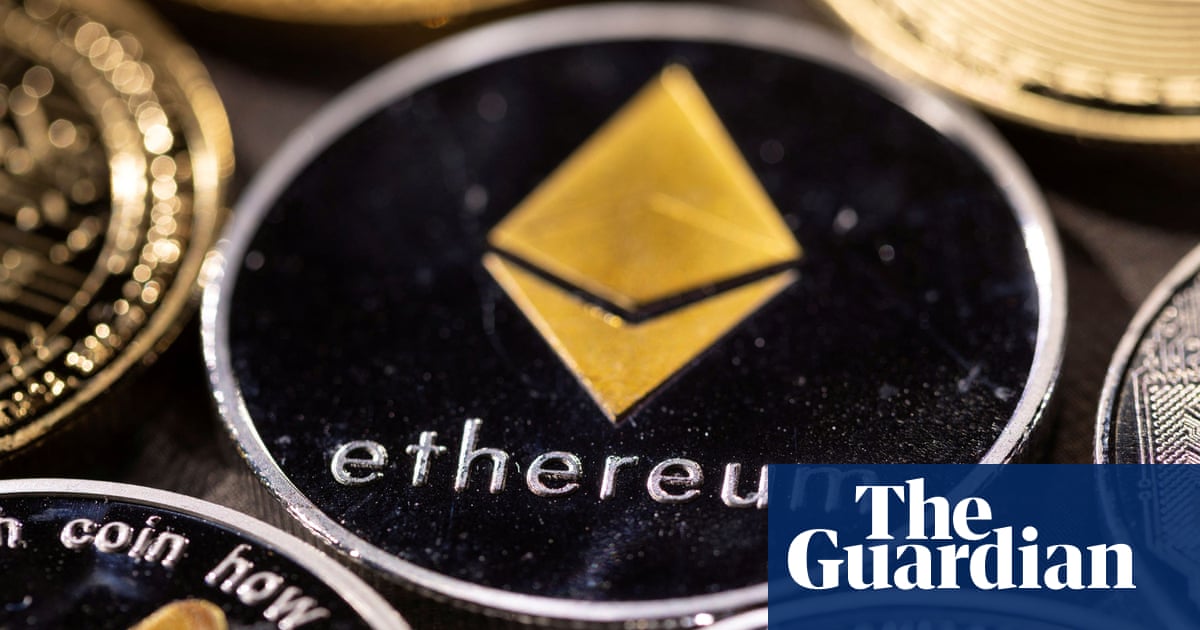
Second, Patagonia founder Yvon Chouinard has "given away" the privately-owned outdoor clothing company to fight the Earth’s climate devastation. “As of now, Earth is our only shareholder,” he said. “ALL profits, in perpetuity, will go to our mission to ‘save our home planet’.”
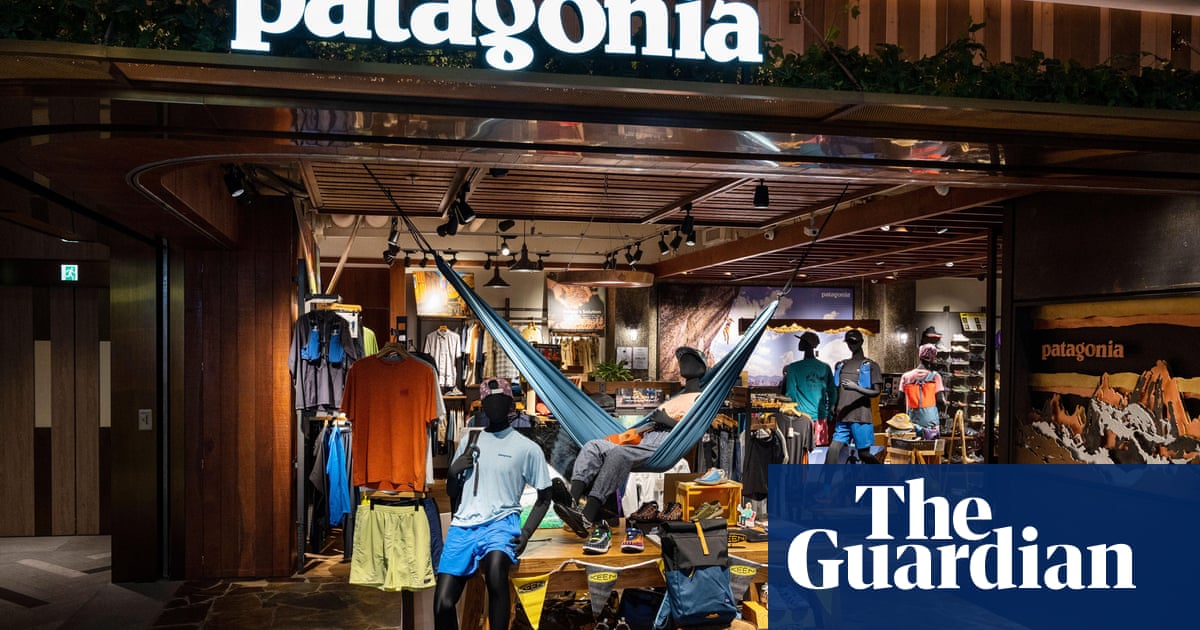
There has been some disquiet about the fact he's avoiding $700 million in tax in the process, and still keeping control of the company and where the money goes. Essentially he's following the traditional billionaire pattern of converting future money he would otherwise have earnt into power and influence instead. But it's hard for me to see this as anything but a net positive.
I've been quietly working away on improving the Loud Numbers data sonification VCV Rack module, fixing a couple of unusual bugs and adding new features.
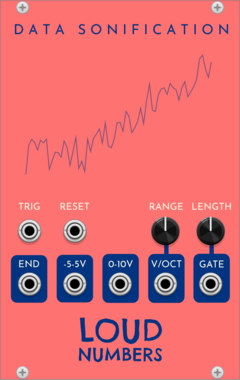
The latest version, 2.0.3, is ready to beta-test - it adds the ability for users not to be stuck in a continual loop, but instead trigger a reset manually. If you want to keep the original looping behaviour, you can connect up the "END" output to the "RESET" input.
It also solves an annoying bug that prevented datasets that start with non-numeric values from rendering in the module's visual display.
If you'd like to try out this new version before it goes on wider release then hit reply and I'll furnish you with the beta code.

The recent advances in AI art generation like Dall-E and Midjourney are built on the backs of their "training data" - another word for the work of millions of artists around the world, culled from the web. This has raised profound questions of copyright that are yet to be resolved.
If you're an artist, though, Have I Been Trained is a web service that lets you upload your work and see if it's in the catalogue of 5.8 billion images that are used as training data for many AI art models.
That link comes via a fascinating blog post by Matt Webb asking whether libraries are snapshotting these remarkable collections of human achievement. He wonders whether there's a market for a new AI model with conservative assumptions about ownership, that only imbibes public domain and out-of-copyright works.

The consequence will be that Gen Beta will communicate with the lilt and cadence of copyright-expired Victorian novels, and anyone older (like us) will carry textual tells marking us as born in the Pre Attribution Age.
He adds:
What happens when we find, buried in the model weights, data that is as culturally sensitive as - say - some of the objects appropriated and kept in the British Museum? What arguments are there to be had about data, in centuries to come?
The whole thing is a great read.
In my continuing attempts to not become a shell of a human being, I bought a cheap second-hand indoor exercise bike. To motivate Silfa and I to actually use the thing, we've decided that we're going to cycle to Finland on it - from Helsingborg to Haparanda.
Here's how the virtual journey will work. We'll take turns to pick interim towns that are few hours of cycling apart. When we "reach" each one by collectively cycling the equivalent distance, we'll read up on it on Wikipedia, and pick a place to have dinner. We've already reached Åstorp and decided to have dinner at Golden Jade. Next stop Örkeljunga.
Maybe this would be a fun pop-up newsletter? "Postcards From My Living Room", where I share an image snapped from Google Street view in each town that we "visit", as well as a few facts culled from Wikipedia and a dinner suggestion. Would that be something you'd like to receive? Let me know if so, and we'll see if it happens.
Finally, I'll leave you with this interesting newsletter episode about influencers and "audience capture", where people with a following on the web lean so far into their persona that they become more and more extreme versions of themselves.
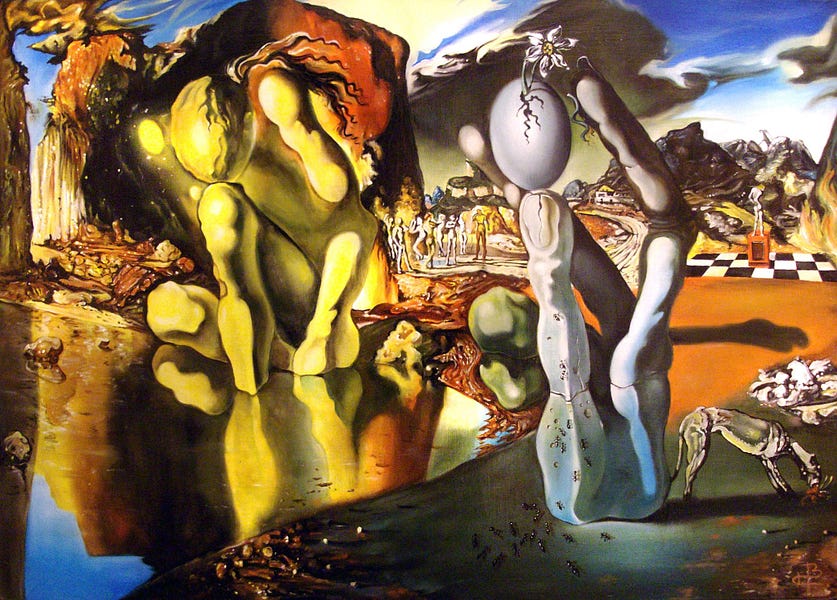
While it may ostensibly appear to be a simple case of influencers making a business decision to create more of the content they believe audiences want, and then being incentivized by engagement numbers to remain in this niche forever, it's actually deeper than that. It involves the gradual and unwitting replacement of a person's identity with one custom-made for the audience.
Examples include mukbang vlogger Nicholas Perry, counter-terrorist thinker Maajid Nawaz, and former Conservative MP Louise Mensch.
See you again in 10 days.
